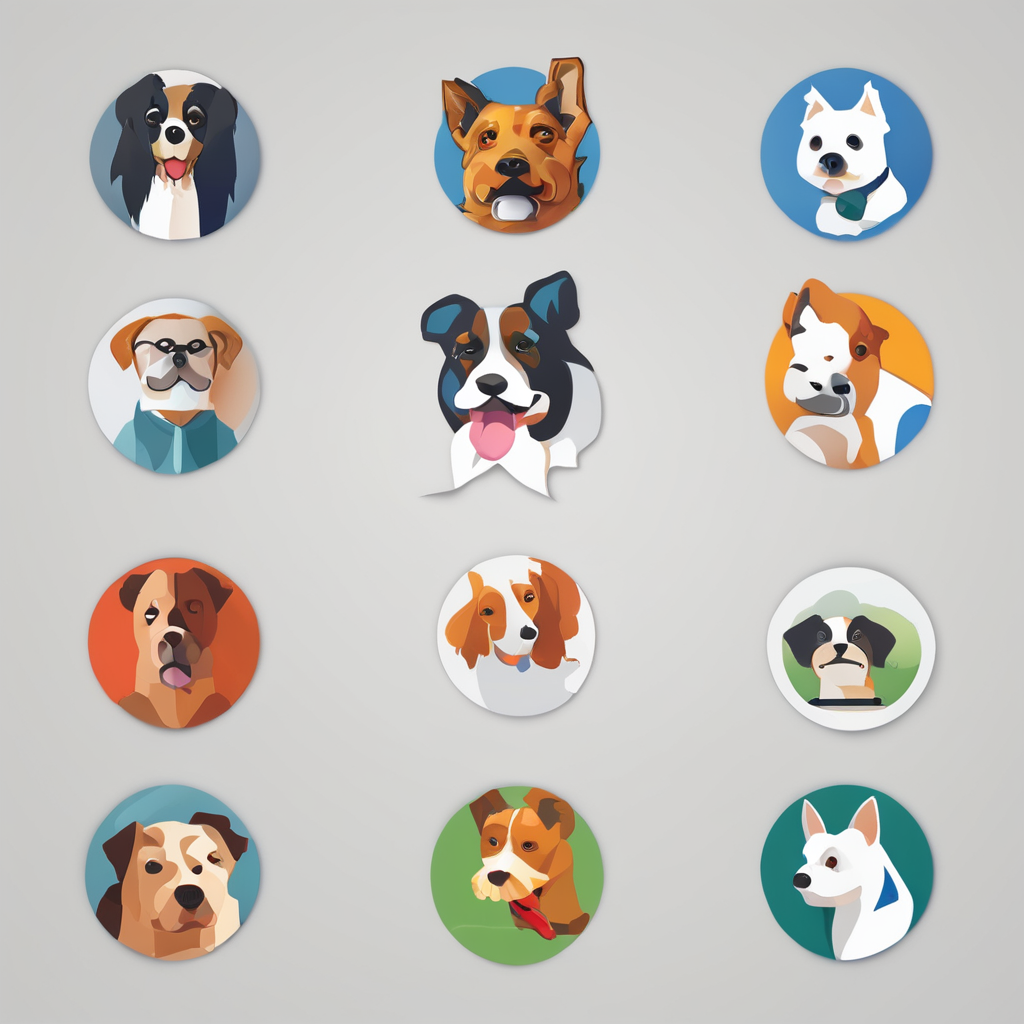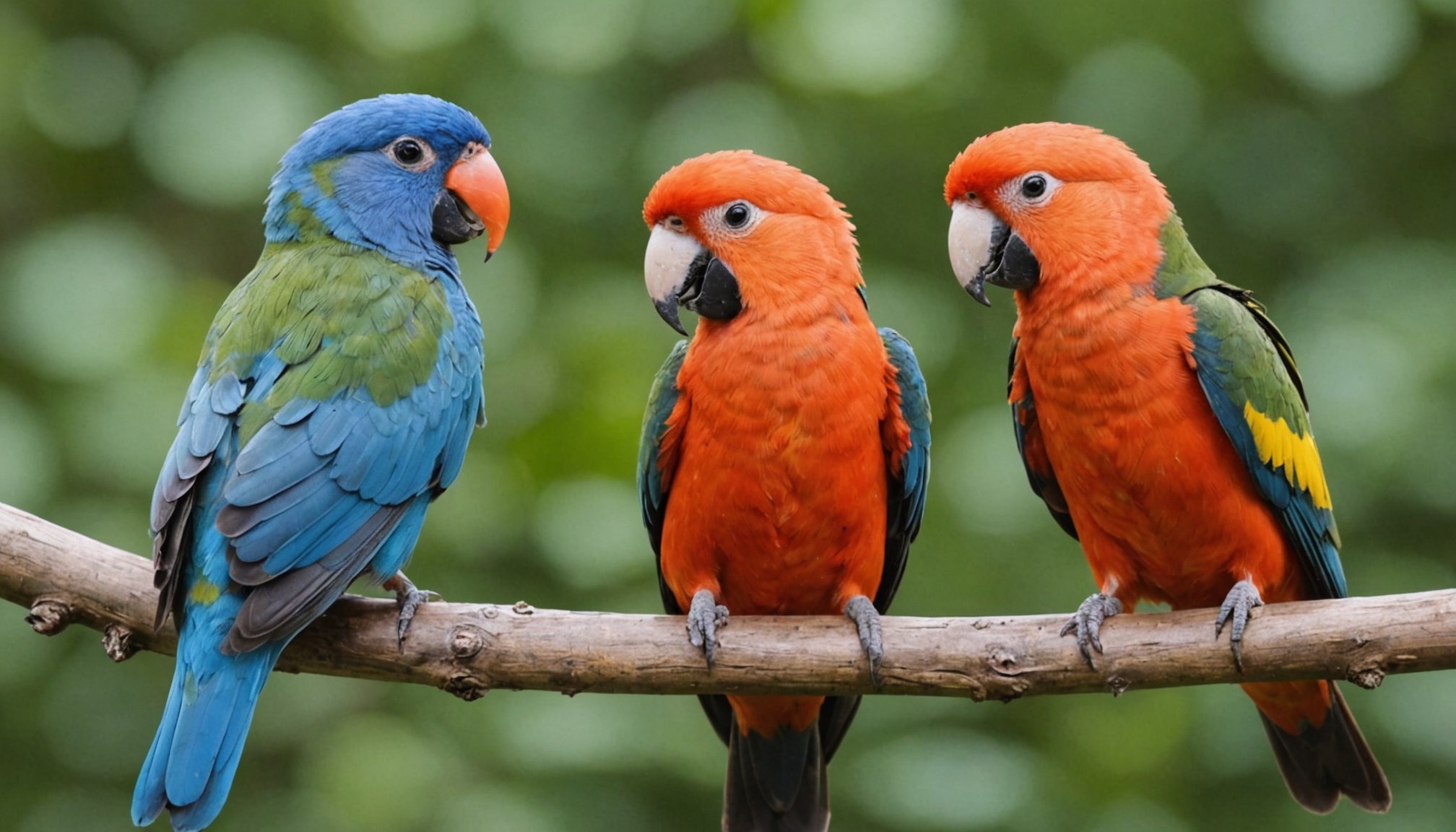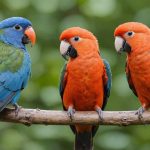Identifying Signs of Boredom in Pet Birds
Recognising boredom in pet birds is crucial for ensuring their wellbeing. One of the primary signs of boredom in birds includes notable behavioral changes. You might observe your feathered friend indulging in repetitive activities like head bobbing or feather plucking, which are clear behavioral indicators of unease.
Changes in vocalisations can also signal boredom. Birds, known for their chirping and singing, may either reduce their vocalisations or develop louder, more persistent calls to gain attention. This vocal shift often correlates with a decrease or change in activity levels, where your pet may become less interested in playing or exploring its cage environment.
Also to read : Mastering the art of cat-dog introductions: proven techniques for a smooth transition
Monitoring daily habits and routines is vital. A once active bird that suddenly becomes lethargic or uninterested in its usual activities can be responding to a lack of mental stimulation. These bird behavior indicators suggest that intervention is necessary to prevent further mental strain or potential health issues.
Understanding and observing these signs are essential steps for maintaining a bird’s mental health. Pay close attention to any alterations in your bird’s typical demeanor, as early identification paves the way for effective augmentation of their environmental enrichment.
Also to read : Seamless introductions: expert tips for harmonizing your ferret with your feathered companion
Understanding Different Bird Species and Their Needs
Recognising the bird species requirements of your pet can significantly enhance their quality of life. Each species demonstrates distinct species-specific behavior dictated by their natural habitats and instincts. For instance, parakeets may enjoy chattering and climbing, while cockatoos require more social interaction due to their complex social behaviours in the wild.
Different species also have varied prerequisites for avian needs and enrichment. Small birds like finches might benefit from simple toys and ample space to flutter. In contrast, larger parrots could need more elaborate environmental enrichment, including puzzle toys or larger perches to satisfy their inquisitive nature. Understanding these differences ensures that your bird receives appropriate stimulation and prevents boredom.
To tailor observation techniques effectively, it is vital to be well-versed in your bird’s innate behaviours. For example, a canary’s singing patterns can offer insights into its mood and wellbeing. Owners can modify these observation techniques based on the species-specific behavior by considering their pet’s typical actions and responses in different situations. Familiarising oneself with these intricacies not only promotes a better environment for the birds but also strengthens the bond between owner and pet.
Effective Strategies to Enhance Bird Stimulation
Enhancing bird wellbeing through effective stimulation techniques is vital for preventing boredom and related behavioural issues. Understanding specific strategies can significantly improve your pet bird’s quality of life.
Toys and Play Items
Providing a range of toys is one of the most effective bird stimulation strategies. Opt for toys that cater to your bird’s species-specific behavior and needs. For example, for parrots, consider puzzle toys or destructible items that satisfy their natural urge to chew. Smaller birds, like finches, may enjoy mirrors or small, colourful objects they can interact with safely.
Social Interaction Techniques
Socialisation is fundamental for enriching your bird’s environment. Regular interaction, such as talking to or playing with your bird, can help meet their avian needs for companionship. Encouraging birds to interact with other birds, if possible, also enhances their social experience, especially for species that naturally thrive in flocks.
Environmental Modifications
Modify your bird’s habitat to encourage exploration and play. Creating a stimulating setup involves arranging perches at varying heights, introducing different textured surfaces, or adding branches and foliage to mimic a natural setting. Such modifications can significantly enhance a bird’s daily experiences, supporting both physical and mental activity.
Practical Tips for Bird Owners
Enhancing your bird’s life starts with practical bird owner tips that integrate enrichment into their daily routines. Begin by scheduling regular playtime to engage and stimulate their minds. Early morning and late afternoon are ideal, as many birds are most active during these periods. Ensure flying birds have safe, supervised flight time outside their cages.
DIY enrichment ideas are an economical way to provide variety. Household items like old newspapers, bottle caps, or cardboard can transform into exciting toys that encourage exploration. By rotating toys regularly and introducing new textures and challenges, you maintain your bird’s interest and stimulate their curiosity.
Incorporate social interactions into your bird’s day. Birds need companionship, so set aside moments to chat, sing, or share a meal with them. While humans can offer much-needed social fulfilment, consider connecting them with other birds for a richer social experience.
Additionally, enhancing pet care can involve small changes such as varying their diet with fresh fruits or vegetables, creating mock foraging games to pique interest. By understanding these straightforward tips, bird owners can effectively promote their pet’s physical health and emotional satisfaction, preventing boredom and encouraging dynamic, enriching experiences.
Expert Advice and Resources
Gaining the right knowledge from avian behavior experts can significantly improve bird welfare. Specialists in bird care offer insights into the latest research on avian boredom, helping owners implement effective strategies. Recent studies highlight the importance of understanding species-specific needs to combat boredom.
Reliable bird care resources are invaluable for any bird owner. Books, journals, and reputable websites can provide guidance on species behavior, enrichment strategies, and the overall welfare of pet birds. These resources often outline different approaches to stimulate engagement and prevent monotony.
Consulting with avian veterinarians and behaviorists is crucial. These professionals can offer tailored advice and solutions, ensuring your bird’s unique needs are met. Regular check-ups with these specialists can help detect any signs of distress early on, offering the best path for maintaining your bird’s health and happiness.
For a more in-depth understanding, consider connected platforms or communities focused on avian care. These forums can be a treasure trove of practical tips and shared experiences from other bird owners, enriching your knowledge and providing innovative ideas. Engaging with such resources ensures a well-rounded approach to your pet’s care, ultimately enhancing their quality of life.










